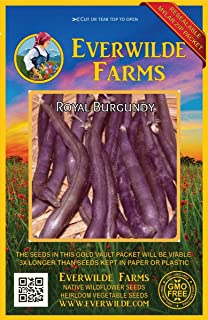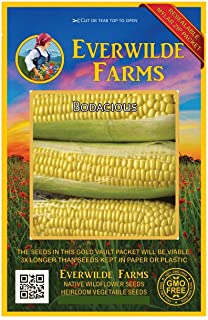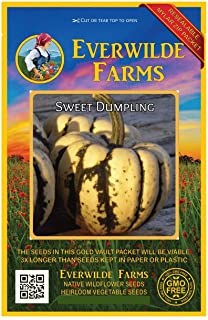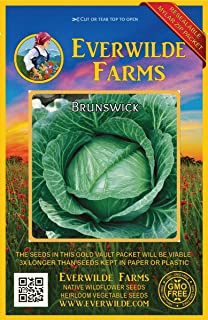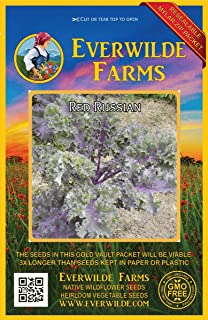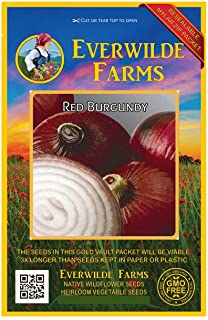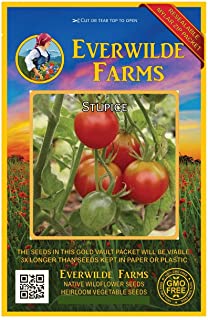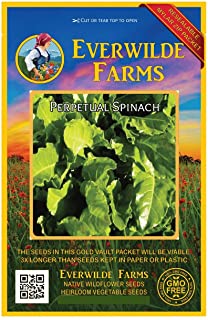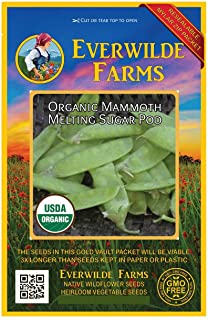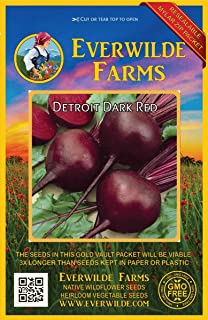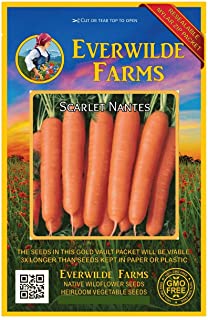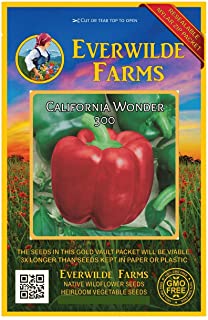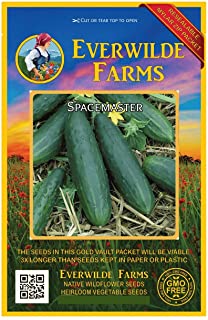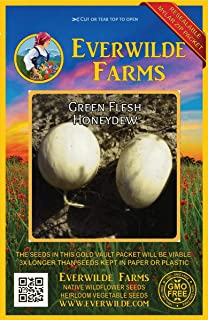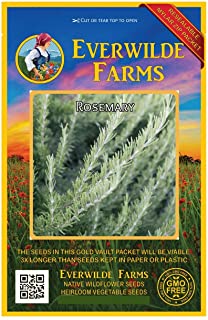

20 Best Crops For A Survival Garden
When times are uncertain, many turn to a survival garden. And to be honest, why wouldn’t you? Survival gardening provides healthy, readily-available food at rock-bottom prices. It’s good exercise, good for morale, and it’s fun. And if you have time to burn, it’s a great way to take your mind off of the stresses worldwide.
Even if you live in an apartment, you can have an urban food garden. If you have a large yard, we’ll talk briefly about survival garden design on a larger scale, too. But frankly, my goal here is to talk about growing your own food for survival purposes, and what things are the most effective to grow for both caloric and nutrient density.
So let’s start out with how this works, and then go on to the best foods to grow in your survival garden!
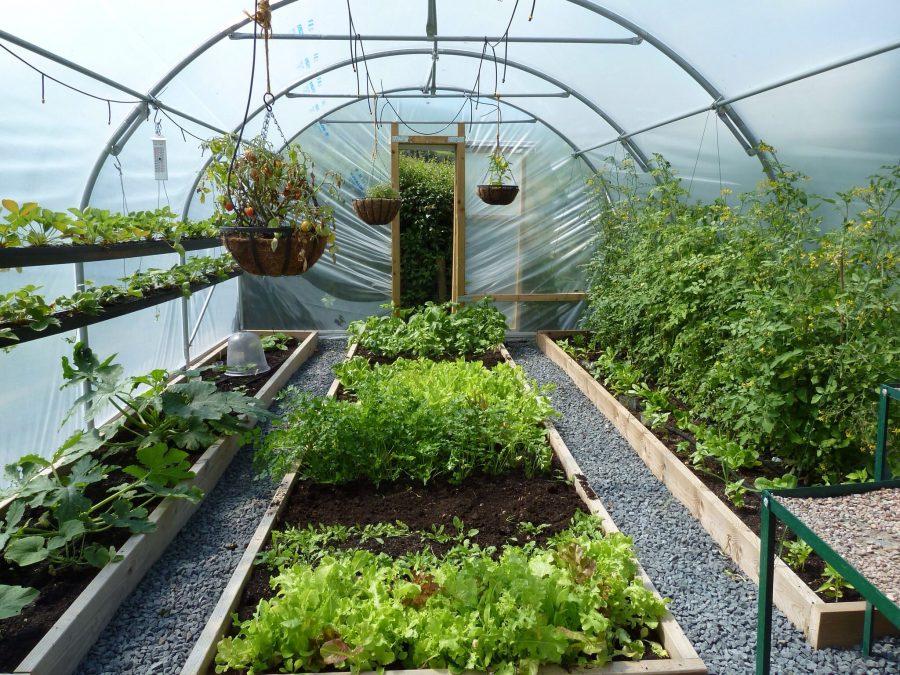

Planning Your Survival Garden
Victory garden
If you grow too much, share some of your bounty with neighbors. Let me stress something right here: Grow food that you will eat.
Survival gardens only work if you use what you’re growing. If you don’t like something, then don’t grow it. It may qualify as a superfood, but if you can’t bring yourself to eat it, there’s no point in wasting time on it.
How many people do you have to feed? It’s easier when survival gardening for one, but when you have a whole lot of people, you need to take their preferences into consideration as well. My husband has a love-hate relationship with eggplant, so I grow much less of that and more of things like tomatoes that he’ll enjoy.
Once you have an idea of what you would enjoy eating, it’s time to do a little more analysis on that stuff. When you’re trying to determine your survival, you need to think in terms of two things: calories and nutrition, and storage.
Storability
Imagine, if you will, that you’ve got an abundance of sweet, delicious strawberries.
Now imagine what they’ll look like in two weeks if you don’t have them stored properly.
This doesn’t mean you shouldn’t grow them, only that you should plan for the majority of your crops to be things that store well. Thankfully, there’s lots of ways to store your crops.
As long as you still have power, freezing is an option. Can some vegetable types with a pressure canner for later consumption. Consider lacto-fermenting vegetables as another storage option, and dehydrating is another good choice!
And as for those strawberries, make strawberry jam. You’ll really enjoy that sweet treat later!
Calories and Nutrition
Most nutritionists recommend a certain amount of calories per day for basic survival. If you get less than you need, you may find yourself shaky, sleepy, or just unmotivated.
For crops, starchy and sugary foods are usually the most calorie-dense and will make up the bulk of your diet, but they may lack some nutritional aspects you need. Balance that out by growing an assortment of green vegetables, fruits, and legumes to provide protein and essential vitamins and minerals.
Top 20 Best Foods To Grow For Survival
So you’re still at a loss. What vegetable crops or fruits should you grow? Let’s break the options down to our top 20.
* As an Amazon Associate this site earns from qualifying purchases – The following are paid links.
1. Beans
Beans, such as adzuki beans, are a great staple crop. Source: Gary Thomson
Just from reading that one word, you’re envisioning green beans, aren’t you? But there’s a ton of variety all packed into this one category. Simply put, beans are an essential staple crop.
What you get with beans is a lot of nutritionally-dense material in a small package. They can be grown in both bush or pole forms, so you can grow them in multiple ways. The seeds are protein-dense, and the edible-pod varieties are great.
Grow a selection of bush beans and pole beans. Also, pick a mix of storage and fresh beans. Make sure to save some of those valuable bean seeds with each harvest to plant another crop!
2. Corn
This is harder to grow in an apartment but is a yard staple. I personally prefer to grow dent corn or flour corn when survival gardening. Once your corn is ready for harvest, you can dry it, nixtamalize it to increase its nutrient density, and grind it into corn flour. Kept dry, corn flour will store well in an airtight container.
Corn has the added benefit of being a perfect living trellis for your bean plants. Plant your corn first. Once you have a few inches of cornstalk growing, plant beans around the corn. Be sure the soil’s rich enough to support both vegetable types! As your pole beans grow, they’ll clamber up your corn stalks.
You can also grow sweet corn, and that’s what many people prefer to do. The fresh kernels are delicious and what we think of most.
3. Squash
Both winter and summer squash are great in your end-of-the-world garden. You’ll want both. Summer squash are fast to grow and provide quick food right away. In contrast, winter squash take longer to develop, but store for much longer if kept whole and undamaged.
Start your seeds for both at the same time if you can. If not, opt for the winter varieties first, as they do take longer to develop. If you want, these grow well around your corn and beans, making what’s referred to as a “Three Sisters” vegetable garden. Squash act as a natural sprawling ground cover.
4. Cabbage
Cabbage is great fermented or fresh.
While not particularly dense in calories, cabbage is jam-packed with nutrients your body needs. A rich source of vitamins B6 and C, it’s also full of fiber. Whether cooked or used raw in salads and slaws, it’s a great choice.
But it’s a great survival crop for another reason: sauerkraut or kimchi, or any other type of fermented usage you wish to put it to. Once fermented, you now have a long-storing vegetable option that you can use in soups, sandwiches, casseroles, or on top of sausage.
5. Potatoes
Potatoes have helped people across the world survive times of famine. This starchy root crop is also incredibly easy to grow, which is a major plus!
Potato growing is easy in an urban setting, too. Plant your potatoes in five-gallon buckets or grow bags. When the tops yellow and die down, you’ll find a container that’s jam-packed with delicious roots that are ready to harvest. And along with being a good carbohydrate source, they’re also jammed with potassium, vitamin C, and vitamin B6.
You might get tired of them after a while, but there’s no arguing that your Norland Reds or Yukon Golds will sustain you through tough times!
6. Kale
I grow kale year-round. It’s very cold-tolerant and often tastes sweeter once touched by a kiss of frost. It may become more bitter during the height of the summer, although consistent watering will reduce the bitter taste. But it has earned its name as a superfood.
I prefer lacinato kale, sometimes called dinosaur kale. It’s easy to work into soups and stews, tasty and tender once cooked, and makes a great green side dish to go with other meals. But don’t pass by the Red Russian kales or other varieties with crinkled leaves. Those taste just as good and can be really beautiful in the garden.
7. Sweet Potatoes
Don’t mix these up with regular potatoes, because sweet potatoes are a very different crop. While these are also calorie-dense, they tend to have more nutrients than the average potato does. In addition, they have a marvelous flavor that allows them to be easily transformed into both savory or sweet applications.
Another place where they differ from regular potatoes is that their greens are edible. You can get both leafy greens and tuberous roots in one garden bed. They do take longer to mature than other crops do, but they’re worth the effort in the long term.
8. Lentils
Lentils are packed with protein and vitamins. Source: John Spooner
The nondescript lentil is seriously underrated, and it genuinely shouldn’t be. Lentils are protein powerhouses, holding almost 18 grams of protein per serving. This legume is legitimately one of the world’s healthiest food sources, and you absolutely should add these to your survival gardening stash.
Believed to be one of the oldest crops in cultivation, lentils are an all-time favorite for soups and stews. They’re glorious in curries, and I also like to add cooked lentils to salads. They absorb other flavors well, blending in and becoming a perfect pairing with nearly everything you want to use them in. They’re the perfect storage protein.
9. Onions
Have you tried cooking your favorite meals without a dash of onion powder? Onions add flavor to virtually everything that’s above them on this list, along with a nice little burst of added nutrition. But at the same time, they don’t add tons of extra calorie content. You can use the young onion greens as green onions, and you can wait for the full onions to form for those as well. Just be sure not to harvest all the greens while the bulb is developing.
Don’t forget, there’s all kinds of allium plants that are related out there. Include some leeks, a related plant, for bonus flavor potential!
10. Tomatoes
A popular fruit, tomatoes are in everything from soups and stews to the ketchup that goes on your burger bun. They deserve a place in your survival garden, too. Heavy producers, these plants are easy to grow and ripen on the vine, and best of all they taste great both fresh or preserved. You can sun-dry them or freeze them, can them or eat them fresh.
11. Spinach
Nutritional density like what’s found in spinach is incredibly hard to find in many survival gardens. Like kale, these leafy greens are packed with vitamin and mineral power and should be incorporated amongst your vegetables. Store spinach by freezing or dehydrating it and crushing it into a powder.
12. Peas
Give peas a chance to shine in your garden!
Both shelling peas and edible-podded peas are a great choice for survival gardening. Dried, the inside seed of your peas stores well and is easy to incorporate into all manner of meals. They can be frozen if you’re growing snow peas or sugar snap peas to add crisp sweetness into your stir-fries and salads. Peas are also high in protein, although not as much as beans or lentils!
13. Beets
Sweet and easy, beets are not just a vitamin-packed option but a potential source for sugars. Depending on which variety you’ve got in your garden, you’ll find both savory and sweet uses for them, too. The greens are also edible, providing you a secondary food source that other root vegetables lack.
14. Carrots
They’re in most vegetable blends for a reason. Carrots are a fantastic addition to your gardening efforts. A whole rainbow of colors await you, along with a sweet and crunchy flavor that works great in meals and snacks. These are packed with antioxidants and good minerals and nutrients for eye health, and some claim they’re the best choice for health in general!
15. Berries
Many berries are antioxidant-rich and sweet. Don’t forget dessert! Whether you choose to cultivate raspberries, blueberries, strawberries, cranberries, or even lingonberries, there is a berry out there which will be to your liking. These fruit crops are essential for providing us the sweet fruitiness that we all crave while also giving us a great source of additional nutrition. Store these by making canned jams or jellies, freezing, or dehydrating them.
16. Garlic
Hardneck or softneck? Garlic is an essential flavoring, a common homemade pest repellant for gardening, and a kitchen staple. It will store well once dried, and you’ll find a myriad of uses for it in your survival stockpile. I consider it one of the most essential crops for growing every year, and you will too!
18. Cucumbers
You can’t have pickles without cucumbers, and for that matter it can be hard to make a salad without them, too! Gardening buffs will all agree, cucumbers provide a prolific amount of fruit for little effort. A survival garden staple, they’re great for fresh-eating purposes too. And whether you want your pickles sweet or sour, you’ll be happy!
19. Melons
Summer just isn’t summer without melons. Honeydews, cantaloupes, watermelons and more all thrive in the garden from the late spring through the early fall. Tons of produce comes off these vines, and oh is it worth it.
Just remember, most melons have texture issues if frozen and are only usable as a puree afterward. To preserve these, dehydrate slices of melon. Watermelon rinds make a good pickle, too!
20. Herbs
Finally, it wouldn’t be a good garden if you didn’t have a selection of herbs and spices to brighten up your food with. The song says “parsley, sage, rosemary, and thyme”, but don’t forget to include mint (including catmint and cat grass for your feline friends), chives, oregano, basil, and any others I haven’t listed. They all add extra flavor to your food and will brighten up your gardening efforts along with your culinary ones!

